The ongoing extension of the LRT-2 is not expected to be completed until the last quarter of 2020, but commuters who live to the east of Metro Manila are already looking forward to the benefits that the project will provide to their daily life.
The extension will add two stations, one in the border of Cainta and Marikina and another in Masinag, in Antipolo, Rizal. The Marikina station, in particular, is a significant factor in the excitement generated by the ongoing developments in Eastern Metro Manila.
The LRT-2 Extension: Under Construction
The LRT-2 East Extension Project will add the Emerald Station in Cainta-Marikina boundary and the Masinag Station in Antipolo City. Once completed, the 4-kilometer line is expected to drastically shorten the travel time from Antipolo to Recto, Manila to just 40 minutes, from the three-hour journey that commuters currently experience when traveling between these two locations via bus or jeepney.
Currently, the LRT-2 runs for nearly 13 kilometers from Recto Station in Manila to Santolan Station in Marikina, passing through Quezon City and San Juan City. There are currently 11 LRT-2 stations, which will increase to 16 stations with the completion of the railway’s eastern and western extensions. The proposed LRT-2 West Extension Project will add the Tutuban, Divisoria, and Pier 4 stations in Manila.
The LRT-2 East Extension Project was started in 2013, with the construction of a viaduct completed in March 2017 and the construction of the two stations about 78 percent complete as of March. Partly funded by a loan from the Japan International Cooperation Agency, the extension is also expected to add 80,000 passengers to the LRT-2’s current average daily ridership of 240,000 people.
The LRT-2’s eastern extension was originally slated to be completed in the last quarter of this year, but the Department of Transportation said in April that overall, it was only 60 percent complete. The last phase of the project, however, has already started, keeping it on track to achieve its target completion date of Q4 2020.
In the last phase, the contractor, a consortium of Japan’s Marubeni Corp. and DMCI, will set the rail tracks and install the electromechanical system. The EMS is composed of the signaling system, overhead catenary system, telecommunications system, and the power supply and distribution system.
The Rise of Empire East Highland City
The convenience and accessibility that the completion of the LRT-2 East Extension Project will provide to residents of Eastern Metro Manila are some of the major factors that have drawn interest to the area. Ease of transportation is one of the most important factors in the potential of a location, as it grants students extra hours to use for academic gain or rest and recreation, allows workers to spend less time on the road and more time with their families, and creates an opening for businesses to thrive.
One of the investors that have banked on this potential is Empire East Land Holdings, Inc.
Empire East, carrying 25 years of expertise in creating unparalleled communities, unveiled its largest residential development yet – the Empire East Highland City, which is set to rise in an elevated 24-hectare property at the crossroads of Pasig City and Cainta, Rizal.
The Empire East Highland City, envisioned as the first-ever “elevated city” in the Philippines, will be located along Felix Avenue, formerly known as Imelda Avenue. The master-planned township will connect to the rest of Metro Manila through Marcos Highway in the north and Ortigas Avenue Extension in the south.

The elevated city will also be accessible through the Emerald Station of the LRT-2 East Extension, which will be a few steps away from the intersection of Felix Avenue and Marcos Highway, where shopping malls Sta. Lucia East Grand Mall and Robinsons Metro East, are located. The upcoming LRT-2 station will open up the area to the lifestyle hubs of Quezon City, schools such as the University of the Philippines and Ateneo de Manila University through the railway’s Katipunan Station, and more esteemed educational institutions as the LRT-2 travels into the heart of Manila.
Meanwhile, the intersection of Felix Avenue and Ortigas Avenue Extension, more commonly known as Junction, is the primary gateway between the province of Rizal and Metro Manila. Public transportation in the area will take commuters to the Ortigas Central Business District, and through C-5 Road, to more workplaces such as Eastwood Cyber Park, Bonifacio Global City, and the Makati CBD.
The location where the Empire East Highland City will rise, right at the edge of Pasig City, is emerging as an important part of Metro Manila’s urban expansion. Aspiring homeowners who will choose to invest in a property in the township will be able to enjoy the benefits of continuous business investments and ongoing infrastructure projects in the area.
Empire East Highland City: The First Elevated City in the Philippines
Accessibility is not an issue with the Empire East Highland City, with the LRT-2 East Extension on its way to completion and the multitude of other transportation options to and from the township. However, what exactly will the country’s first elevated city offer?
Empire East promises a luxurious uphill community, starting with expansive open greenery that will be known as Highland Park. The 8,000 sq.m. park, which will be elevated up to 6 meters from Felix Avenue, will contain a 500-seater church, retail areas, and relaxing gardens. In the middle of the Highland Park will be the grand Spanish steps that will lead to the Empire East Highland City’s centerpiece shopping mall.
The Highland Mall will feature a unique design that will look to fit with the sloped landscape of the property, with about 58,000 square meters of retail space. The mall will be a short walk away from the condominium towers in the township, for convenience to residents in accessing shopping, dining, and entertainment options.
Six-lane roads, meanwhile, will run through both sides of the Highland Park and Highland Mall, sloping towards the elevated areas of the property that will be designated as the residential zone.
Empire East Highland City will look to evoke a character of sitting on the highlands with the 37 high-rise condominium towers, which will be built on stilts for added flair and elevation from the ground and road levels. The towers will not suffocate the space though, as there will be ample distance between the structures of 10 meters to 20 meters, which will allow air and sunlight to flow naturally. Empire East has allocated 40 percent of the entire development for open spaces and greenery.

To further drive home the idea of luxurious living space, Empire East will build a 6,700 sq.m. five-star sports club that will be named The Chartered Club. It will host world-class amenities and sports facilities, including swimming pools, a game room, a multi-purpose court, an event hall, a café, and a lounge. Access to The Chartered Club will be exclusive to residents of the Empire East Highland City who will avail a membership.
Interested homebuyers who would like to experience elevated living in the Empire East Highland City may reserve their units in Tower 1, which is now open for pre-development selling. Available units include executive studios up to about 22.9 sq.m., one-bedroom suites up to about 31.5 sq.m., and two-bedroom suites up to about 46.5 sq.m.
Elevated Residential Living from Empire East
The description as a luxurious uphill community certainly fits the planned Empire East Highland City, as the planned structures and features of the township exudes the elegance and creativity that Empire East is known for in its master-planned communities.
Empire East will contribute to the Php 20 billion that will be poured into the township over the next 10 years. The proposed investment shows the developer’s confidence in the potential of the first elevated city in the Philippines. Empire East introduced the township lifestyle to the Philippines with its flagship development, Laguna Bel Air in Santa Rosa City, Laguna, and it will look to extend its track record of success with the Empire East Highland City.
The LRT-2 East Extension Project is just one of the many factors that supported the decision to create the Empire East Highland City. With more projects in the area under the government’s aggressive infrastructure programs, the township will likely become one of the most sought after addresses in the country over the next several years.
To know more about Empire East Highland City, call (02) 810-3333, or visit www.empire-east.com, and follow @empireasthighlandcity on Facebook and Instagram for more updates.
--
This article originally appeared on Lamudi.











































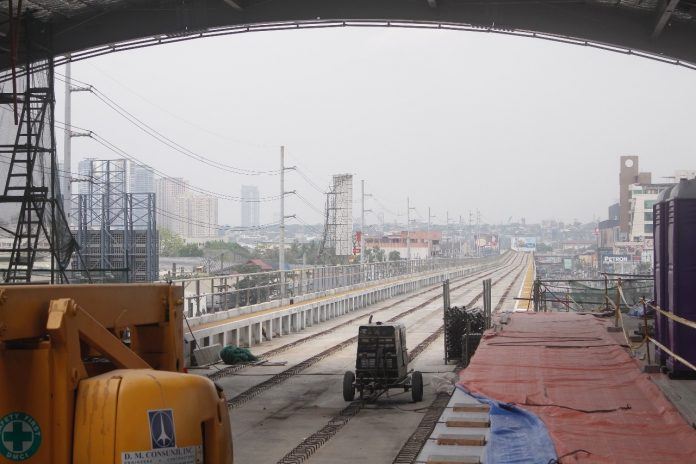
 Empire East Highland City
Empire East Highland City
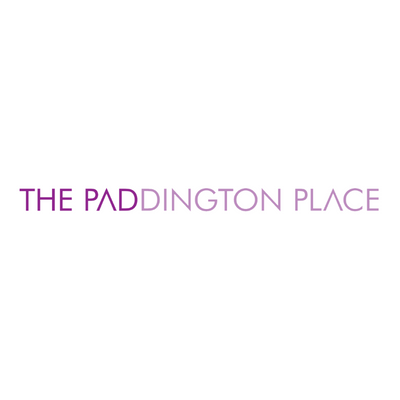 The Paddington Place
The Paddington Place
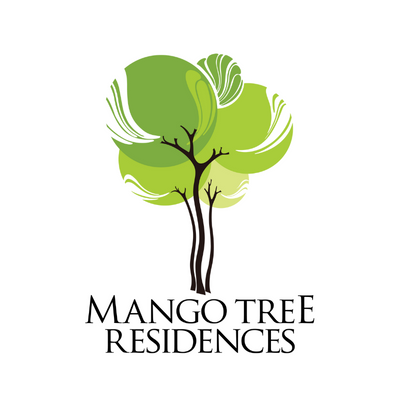 Mango Tree Residences
Mango Tree Residences
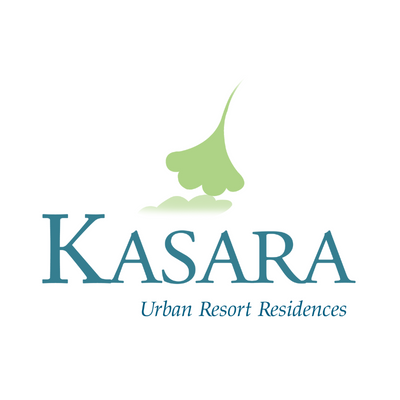 Kasara Urban Resort Residences
Kasara Urban Resort Residences
 Covent Garden
Covent Garden
 The Rochester
The Rochester
 Pioneer Woodlands
Pioneer Woodlands
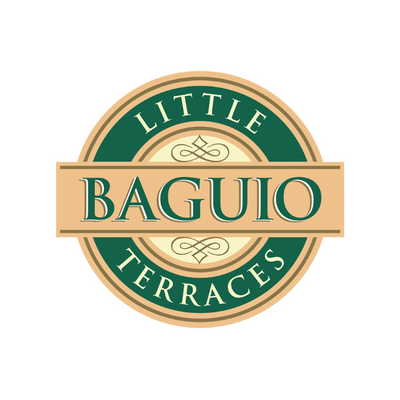 Little Baguio Terraces
Little Baguio Terraces
 San Lorenzo Place
San Lorenzo Place








